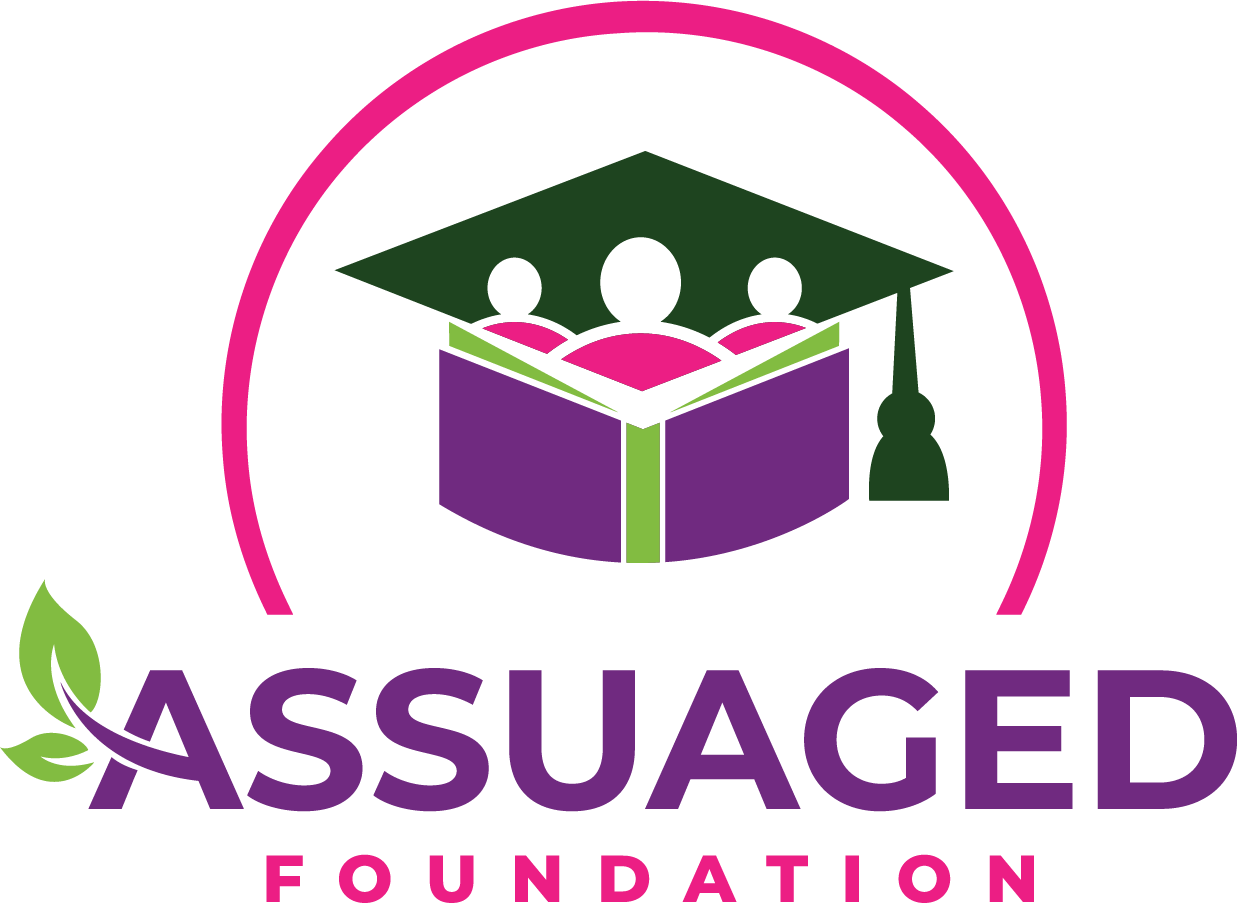In today's society, those without worrying about drinking clean water can occasionally disregard and take it for granted. However, there is a greater chance of health issues for those who are less fortunate or do not give their drinking water any thought. Increasing awareness among all people can aid in their understanding that not all water is suitable for drinking.
Safe Water Drinking
Our water comes from various sources, such as private wells, public water systems, and bottled water. Conversely, water sources might require a septic tank inspection to ensure they are not near a private well, a water filter, or a fluoridation check. For this reason, it's critical to understand the source of drinking water and whether it's safe to consume.
It's critical to acknowledge the negative impacts of contaminated water on human health and the environment as we investigate this issue. Together, let's embark on this journey to encourage a clean and healthier way of living.
Understanding The Importance of Safe Water
Enough clean water is essential for our economy, communities, and health. Before the clean water rule, approximately one in three people obtained their drinking water from streams that were susceptible to pollution Pure water is essential to our beloved way of life.
Effects of Unclean Water
Ingesting tainted or dirty water can cause vomiting, diarrhea, and stomach aches. Additionally, using contaminated water for food washing, cooking, ice-making, and tooth brushing can lead to health issues.
A clear real-world example of how water contamination can impact communities is portrayed in the movie Dark Waters, which highlights the infamous Dupont case. This legal battle exposed the dangerous effects of perfluorooctanoic acid (PFOA), specifically C-8, which was used in the manufacturing of Teflon. Over decades, Dupont knowingly contaminated water supplies, leading to severe health issues like cancer and birth defects for the communities around its plant.
This case was not just a plotline for a movie but a legal and environmental crisis. In 2017, Dupont agreed to settle over 3,500 lawsuits for $671 million. The PFOAs in the water were linked to serious illnesses, emphasizing the importance of safe drinking water.
According to the Environmental Protection Agency (EPA), PFOAs like C-8 are part of a larger group of chemicals that do not break down easily and accumulate in the environment and human body, presenting a significant long-term risk to public health .
The risks and consequences of unclean water
Giardia intestinal and Cryptosporidium are the two parasites that cause most waterborne illnesses. These parasites are present in water sources tainted by animal or human waste.
The people who have a higher risk of getting sick from unclean water are as follows:
- Infants
- Young children
- people who are pregnant
- older adults
- People with weakened immune systems, such as those living with HIV, undergoing chemotherapy, or taking transplant medication, are at higher risk.
How Does Water Get Contaminated
- Cracks in water pipes or other problems in the distribution system
- wildlife
- Rocks and soil that naturally have chemicals and minerals such as arsenic, radon, and uranium
- Stormwater
- Sewer overflows
- manufacturing operation
- concentrated feeding operations (large industrial animal farms)
- Fertilizers, pesticides, or other chemicals are applied to land near the water.
Benefits of Drinking Clean Water
Water can help break down food, absorb nutrients, and move waste through the body. Water supports the digestion system. Drinking water can help keep your skin hydrated and clean and unclog your pores.
Water can flush out harmful toxins from your kidneys. Water can regulate body temperature. Our joints need water to help lubricate them.
Incorporating a broader understanding of water safety helps highlight the critical need for clean water access. As seen in the Dark Waters case, the effects of industrial negligence can have lasting impacts.
















